Lecturers
Opening Remarks・Introduction to Neutron Science
Dr. Kazuhisa Kakurai
Neutron Science and Technology Center, CROSS
Dr. Kakurai has 40+ years of experience in neutron scattering and condensed matter magnetism research. He graduated from the Technical University Berlin, while working in the neutron scattering group of Hahn-Meitner Institute, currently Helmholtz Zentrum Berlin. After his postdoctoral time at the same institute, he joined the research laboratory of Prof. Y. Endoh in the Physics Department of Tohoku University as a research assistant. He then moved to the neutron scattering division of the Institute for Solid State Physics, University of Tokyo, and served there for 10 years starting as an associate and subsequently as a full professor in the Neutron Scattering Laboratory. In 2001 he moved to the Advanced Research Science Center, Japan Atomic Energy Research Institute. He then joined the newly founded Quantum Beam Science Directorate, Japan Atomic Energy Agency (JAEA) as the Group Leader of the Polarized Neutron Magnetism Group. He retired from JAEA in 2014, and is currently working as a scientific coordinator in the present affiliation. Since 2019 he is also serving as president of the Japanese Society for Neutron Science.

Introduction to Muon Science
Prof. M. Kenya Kubo
College of Liberal Arts, International Christian University
Prof. Kubo studied for his BS and MS, and received his PhD at the University of Tokyo. His research interests have been focused on the application of radiochemical techniques to material characterization and elemental analysis. Extremely small amount of unstable species created by the irradiation of neutron, muon and radioactive isotope beams are characterized through hyperfine interactions detected by emitted electrons and gamma-rays. Neutron activation analysis and elemental analysis by muonic X-ray are among his research topics at J-PARC. He likes walking and disassembling gadgets.
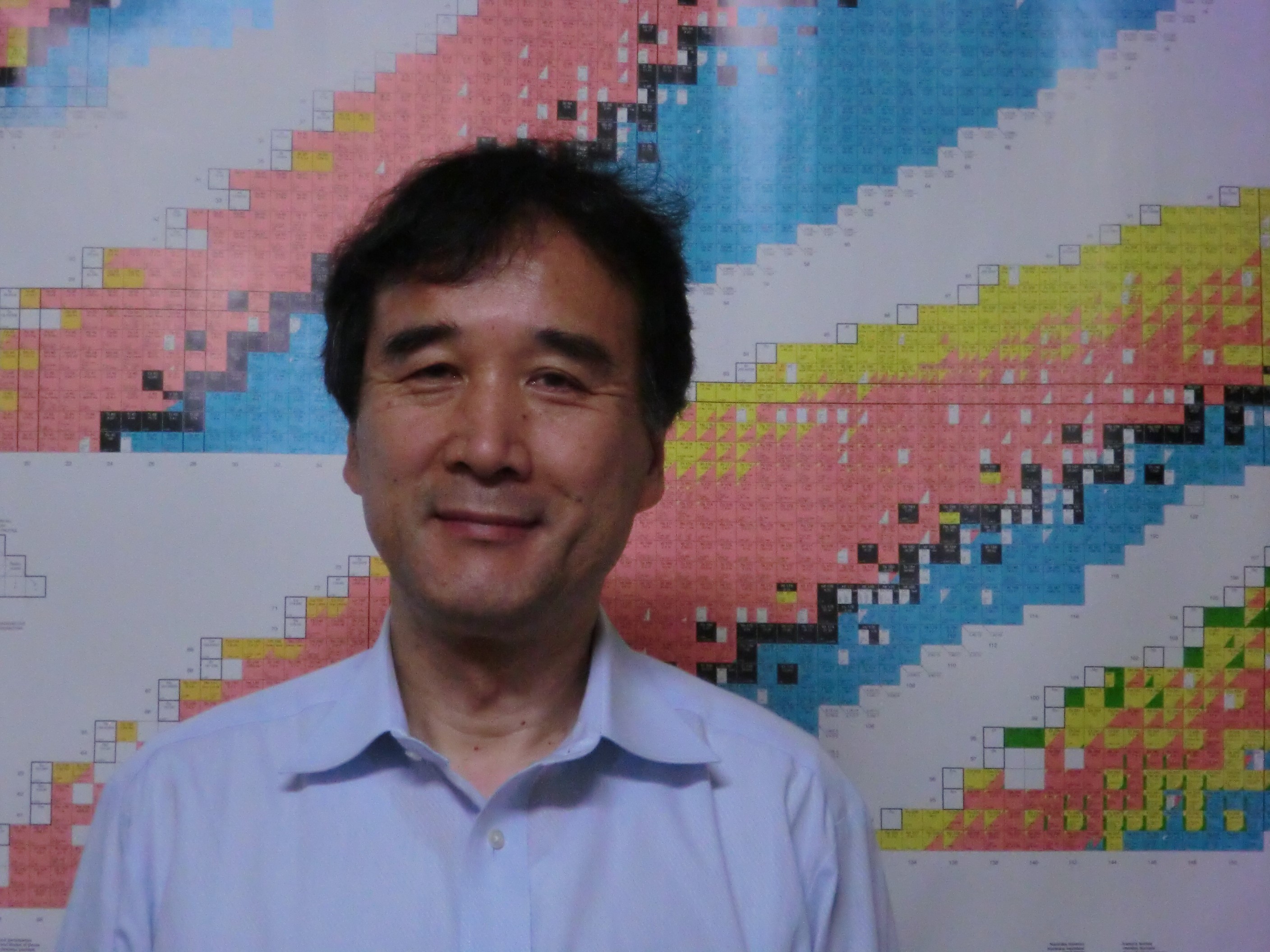
Neutron diffraction
Prof. Vanessa Peterson
Australian Centre for Neutron Scattering
Honorary Prof. University of Wollongong
Prof Peterson obtained her PhD in 2004 from the University of Technology, Sydney, in conjunction with the neutron scattering group at the Australian Nuclear Science and Technology Organisation. She previously worked at the NIST Center for Neutron Research (USA), and at the University of Sydney, before returning to Australia help commission the two neutron powder diffractometers Echidna and Wombat at the Australian Centre for Neutron Scattering (ACNS), which she now co-operates. Prof Peterson leads the “Energy Materials” research project from within the ACNS and specializes in real-time material characterization methods to understand materials function. Her work is recognized by the 2022 Nancy Millis Medal from the Australian Academy of Science, by the 2020 Bob Cheary Award for Excellence in Diffraction Analysis for significant long-term contributions to diffraction analysis, by the 2019 Australian Neutron Beam Users award for outstanding research & leadership in neutron science, by the 2017 Society for Crystallographers in Australia and New Zealand’s Sandy Mathieson Medal for distinguished contributions to science involving X-ray, neutron or electron diffraction and/or imaging, by a 2013 NSW Australian Institute of Policy and Science’s Young Tall Poppy Award, and in 2011 where she was a finalist for the Eureka People’s Choice Award. Prof Peterson is a Fellow of both the Royal Society for Chemistry and the Royal Australian Chemical Institute, an elected Fellow and Director at Large of the International Centre for Diffraction Data (USA) and a member of the International Union of Pure and Applied Chemistry’s Commission on Neutron Scattering. Prof Peterson enjoys officiating and playing roller derby and rock climbing.

Inelastic Scattering
Prof. Shinichi Itoh
Neutron Science Division, Institute of Materials Structure Science, KEK
Materials and Life Science Division of J-PARC Center
Neutron Science Division, Institute of Materials Structure Science, KEK, and Materials and Life Science Division of J-PARC Center. He received the doctoral degree from Tohoku University in 1990, got a position at KEK in 1993, and became a professor in 2012. His research field is inelastic neutron scattering mainly focusing on spin dynamics of correlated electron systems, low-dimensional magnets, etc., as well as instrumentation of neutron spectrometers.
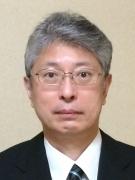
Small-Angle Scattering
Prof. Elliot Paul GILBERT
Australian Nuclear Science and Technology Organisation
Honorary Prof. University of Queensland
Prof. Gilbert completed his undergraduate studies in Chemical Physics at the University of Edinburgh and received his PhD from the Australian National University in 1998 focussing on the phase behavior in n-alkane systems. Following an Australian Research Council Industrial Postdoctoral Fellowship, he joined the Small-Angle Scattering Group at the Intense Pulsed Neutron Source at Argonne National Laboratory. He joined ANSTO in 2001 to lead the project for the design, construction and commissioning of the QUOKKA small-angle neutron scattering instrument at the OPAL facility and is currently instrument-responsible. Prof. Gilbert also devised, initiated and leads ANSTO’s research activities in the application of scattering to investigate fundamental and industrial problems in food materials science. While Prof. Gilbert’s interests lie in both soft and hard condensed matter, he has also sought to develop unique and specialised sample environments to extend the use of scattering instrumentation into new scientific areas; such devices include the first differential scanning calorimeter capable of enabling the simultaneous measurement of SANS and a Rapid ViscoAnalyser that enables SANS to be measured during a food process. He is a member of the IUCr Commission on Small-Angle Scattering and chaired the international conference on small-angle scattering in Sydney (2012).

Quasi-elastic Scattering
Prof. M. Nagao
Instrument Scientist, National Institute of Standards and Technology, USA
Research Professor University of Maryland, USA
Affiliate Associate Professor University of Delaware, USA
Professor Nagao graduated from Hiroshima University and left the graduate school for employment being a Research Associate at the University of Tokyo in 1997. He was an instrument scientist of the SANS-U (1997-2003) and the lead instrument scientist of the iNSE (2003-2006). He received his PhD from the University of Tokyo in 2001. He became an instrument scientist of the NIST-NSE at the National Institute of Standards and Technology (NIST) Center for Neutron Research (NCNR), USA in 2006. He was also affiliated with Indiana University as a Staff Scientist (2006-2010), Associate Scientist (2010-2018) and Senior Scientist (2018-2020). He became a visiting Research Professor at the University of Maryland (UMD) (2020-2021). Currently he is a Research Professor at UMD and collaborates to upgrade the NIST-NSE instrument as Affiliate Associate Professor at the University of Delaware (2020-). His research interest is on neutron and X-ray scattering studies of soft condensed matter systems.
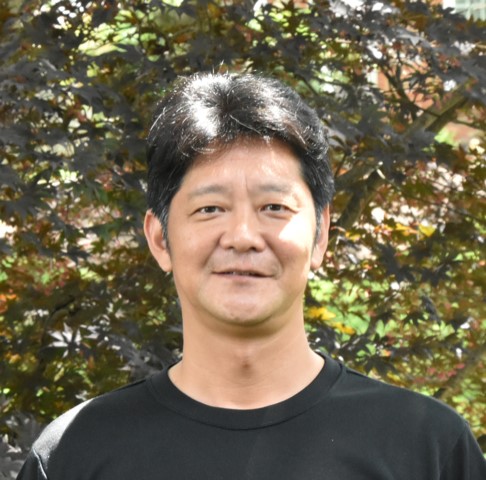
Neutron Reflectometry
Dr. Thomas Saerbeck
Institut Laue Langevin, France
Dr. Saerbeck is a research scientist and instrument responsible at the neutron research reactor Institut Laue-Langevin (ILL) in Grenoble, France. He received his PhD in Physics in 2012 from the University of Western Australia in a joint project with the Australian Nuclear Science and Technology Organisation, and completed a post-doctoral fellowship at the University of California San Diego, US, in the Center of Advanced Nanoscience. Thomas’s research interests focus on magnetic exchange phenomena and proximity effects in hybrid thin film nanostructures and patterns. He uses neutron and synchrotron scattering techniques, among others, to investigate novel phenomena and physical properties arising from close contact of the dissimilar materials.
Neutron Imaging
Prof. Hirotaka Sato
Faculty of Engineering, Hokkaido University
Dr. Hirotaka Sato studied at Hokkaido University for his bachelor’s degree and master’s degree in Quantum Science and Engineering, and received his Ph.D. degree from Hokkaido University in 2011. He was Research Fellow of Japan Society for the Promotion of Science (JSPS) during 2008-2011, and Postdoctoral Fellow for Energy Resolved Neutron Imaging System “RADEN” at J-PARC MLF BL22 during 2011-2012. He is now Associate Professor of Division of Applied Quantum Science and Engineering, Center for Advanced Research of Energy and Materials, Center of Ambitious Research and Education for Nuclear Safety, and Space Mission Center, Hokkaido University. His research interests are developments of spectroscopic neutron transmission imaging techniques using pulsed neutron sources and their applications for materials science and industry. Furthermore, he is recently working on research and development for particle accelerator-driven neutron sources, neutron optical devices, neutron imaging detectors and cosmic-ray induced soft errors at Hokkaido University Neutron Source “HUNS” and other neutron beam facilities. So far, he received internal prizes for best student and best young professor in Faculty of Engineering, Hokkaido University, four times best presentation awards in Atomic Energy Society of Japan (AESJ), young scientist award and best paper award in Japanese Society for Neutron Science (JSNS), best presentation award in Society of Materials Science, Japan (JSMS), two times best paper awards in Japan Institute of Metals and Materials (JIMM), and young scientist commendation by minister of MEXT, Japan. His hobbies are to play badminton games, and to watch Shogi (Japanese Chess) games performed by professional Shogi players.
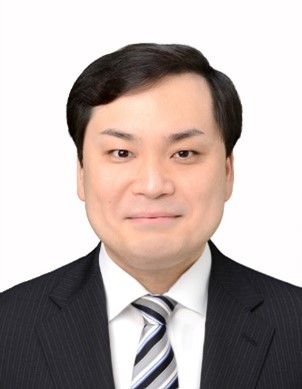
Neutron & Muon Physics
Prof. Masaaki Kitaguchi
Kobayashi-Maskawa Institute, Nagoya University
Prof. Kitaguchi studied at Kyoto University for his BS and MS, and received his Ph.D in 2004. His research interests have been focused on particle and nuclear physics using neutrons. He developed cold-neutron interferometer, neutron spin flipper for spin echo spectrometer, and ultra-cold neutron accelerator. He is now working on fundamental physics, for example, neutron lifetime measurement, search for CP-violation in hadron sector, and search for unknown force like dark energy mainly in J-PARC. He likes taking pictures and reading Doraemon.
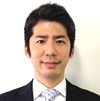
Neutron & Muon Physics
Prof. Hiromi. Iinuma
Ibaraki University
Prof. Iinuma studied at Yokohama National University for her BS and at Nagoya University for her MS. Then she received Ph.D. in 2006 at Kyoto University. Her research interests have been focused on particle and nuclear physics with spin probe. After she worked on absolute polarimeter of the polarized proton beam at RHIC-SPIN program at Brookhaven National Laboratory, she has been working on a new muon g-2/EDM experiment at J-PARC from 2008. Goal of this experiment is a precise measurement of muon spin precession with momentum of 300MeV/c beam, in 3-T super homogeneous magnetic field. (You could check how small its cyclotron radius!?) She will give an introduction talk how to approach beyond the Standard Model by use of muon.
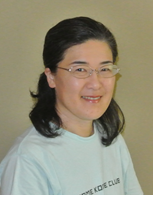
Muon Spin Rotation/Relaxation
Prof. Kojima
TRIUMF Centre for Molecular and Materials Science and Stewart Blusson Quantum Matter Institute, the University of British Columbia, Canada
Prof Kenji M. Kojima has 30+ years experience of condensed matter research using muon and other probes. He obtained his PhD at the University of Tokyo in 1996 on studies of Quantum Magnets using muons and neutrons. He spent two years as a Postdoctoral fellow at Columbia University (New York), and came back to the University of Tokyo as a Research Associate / Assistant Professor. He moved to KEK in 2009 as an Associate Professor and constructed the muon spin spectrometers at J-PARC MLF, which are currently operational. In 2018, he moved to TRIUMF, where he had been a frequently visitor for experiments. His current research areas are semiconductors, magnetism and superconductivity using muons and neutron scattering techniques, and also instrumentations for the future muon spectroscopies.
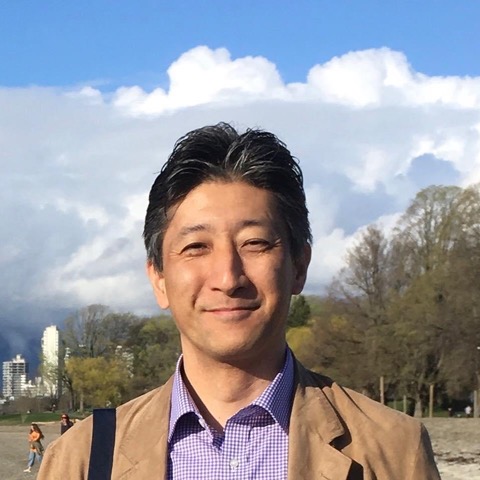
Muonic x-ray measurements
Prof. Kazuhiko Ninomiya
Radiation Science, Osaka University
Dr. Kazuhiko Ninomiya studied at Osaka University for his bachelor’s degree and master’s degree in Graduate School of Science, and received his Ph.D. degree from Osaka University in 2008. He was Postdoctoral Fellow for Laboratory of Nuclear Studies, Osaka University and Advanced Science Research Center, Japan Atomic Energy Agency during 2008-2012. He is now Associate Professor of Institute for Radiation Science, Osaka University. His research interests are muon science and environmental radiochemistry. Especially, he is recently working on research and development for non-destructive analysis method using muon. He will give presentation on introduction of muon analysis method and recent topics related to this method.
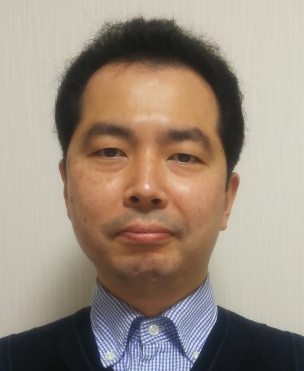
Advanced science with neutrons
Hajime ARAI
Tokyo Institute of Technology
Prof. Hajime ARAI studied at Kyoto University for his bachelor’s and master’s degree, and received his doctoral degree from Kyoto University in 1998. He studied lithium ion batteries and solid oxide fuel cells while he worked in Nippon Telegraph and Telephone. In 2010, he joined advanced battery research and their analysis study in Kyoto University as a member of a Japanese national project, “Research and Development Initiative for Scientific Innovation of New Generation Batteries (RISING)”. In 2017, he became a full professor at Tokyo Institute of Technology. He will give a presentation on lithium battery degradation analysis based on operando neutron diffraction.
 The 6th Neutron and Muon School
The 6th Neutron and Muon School